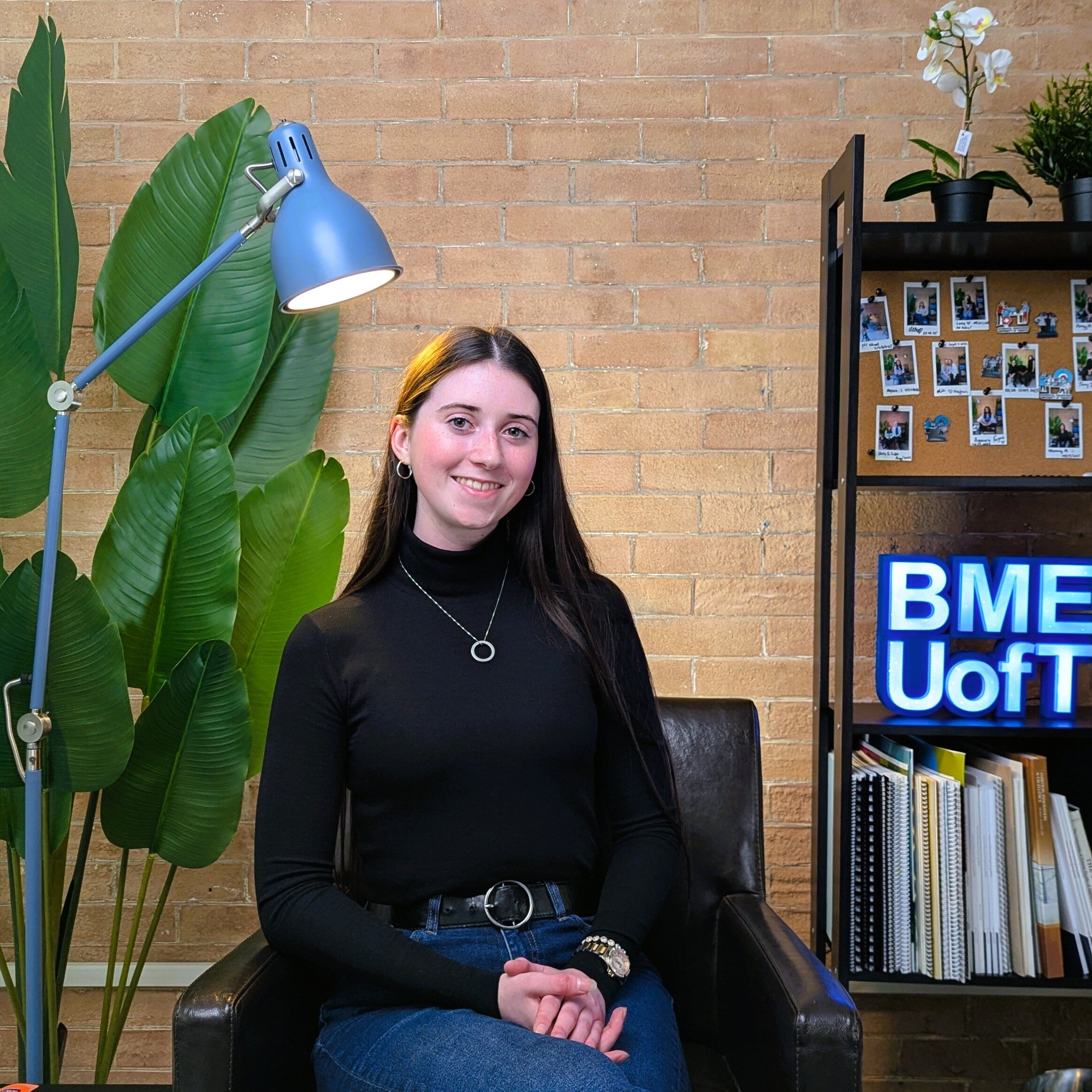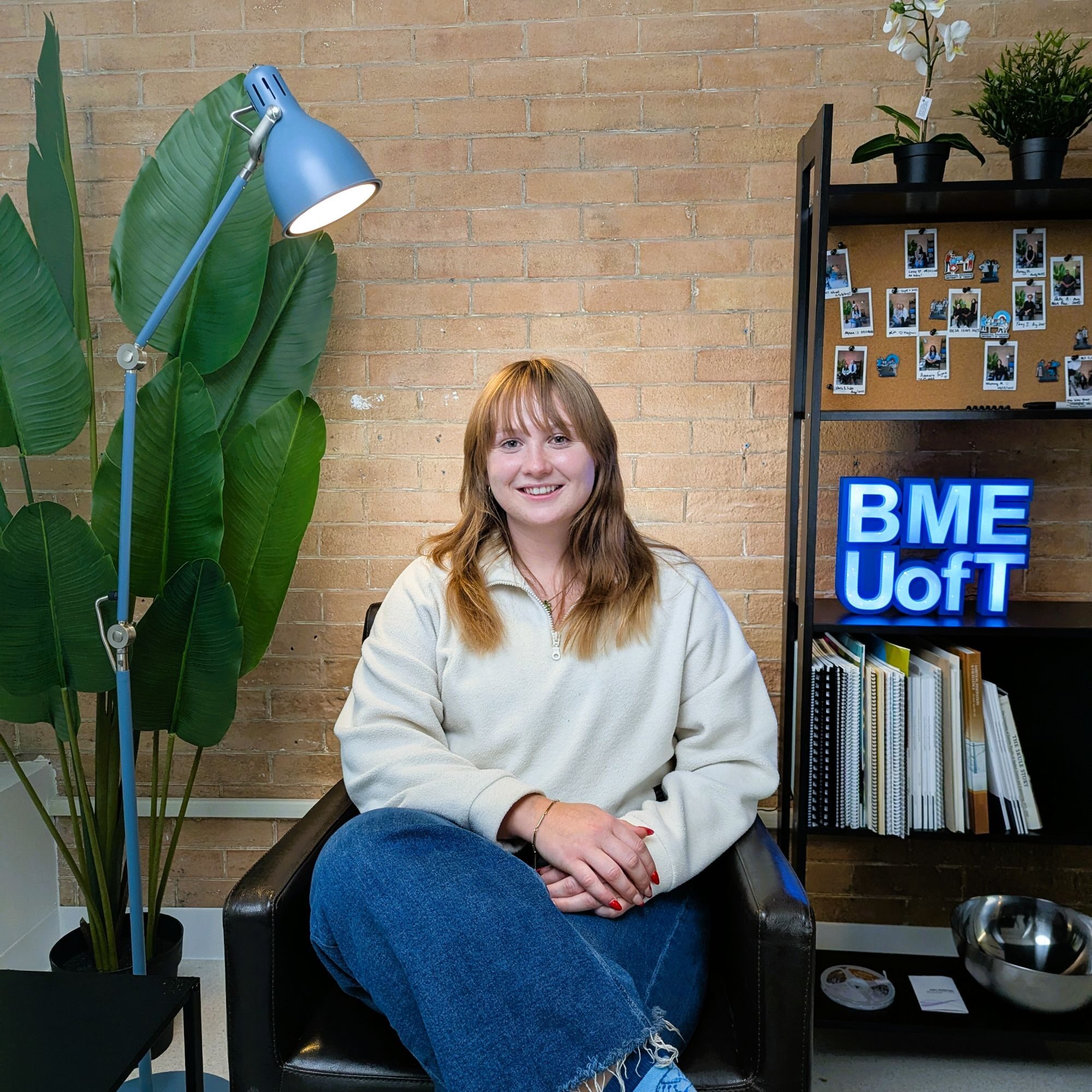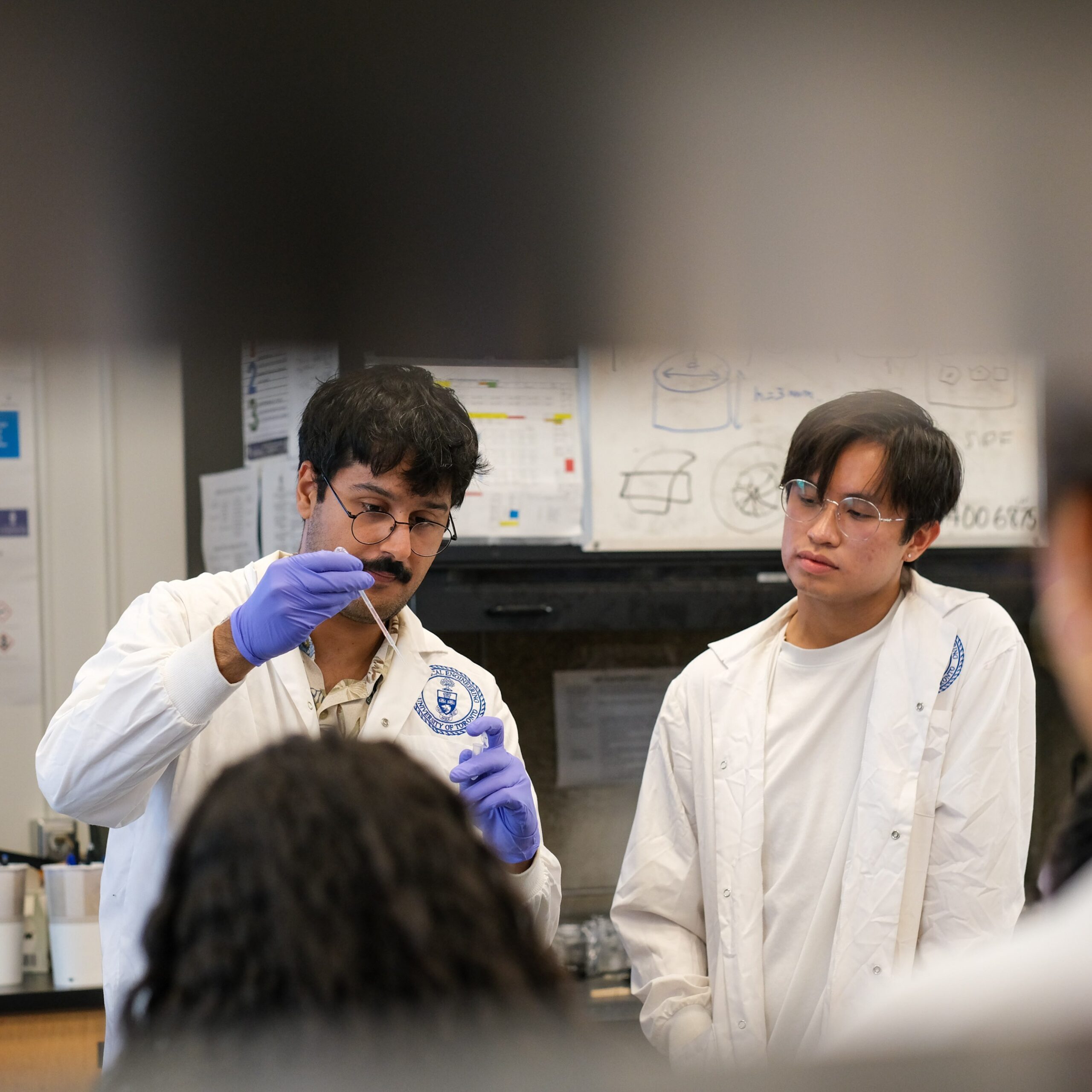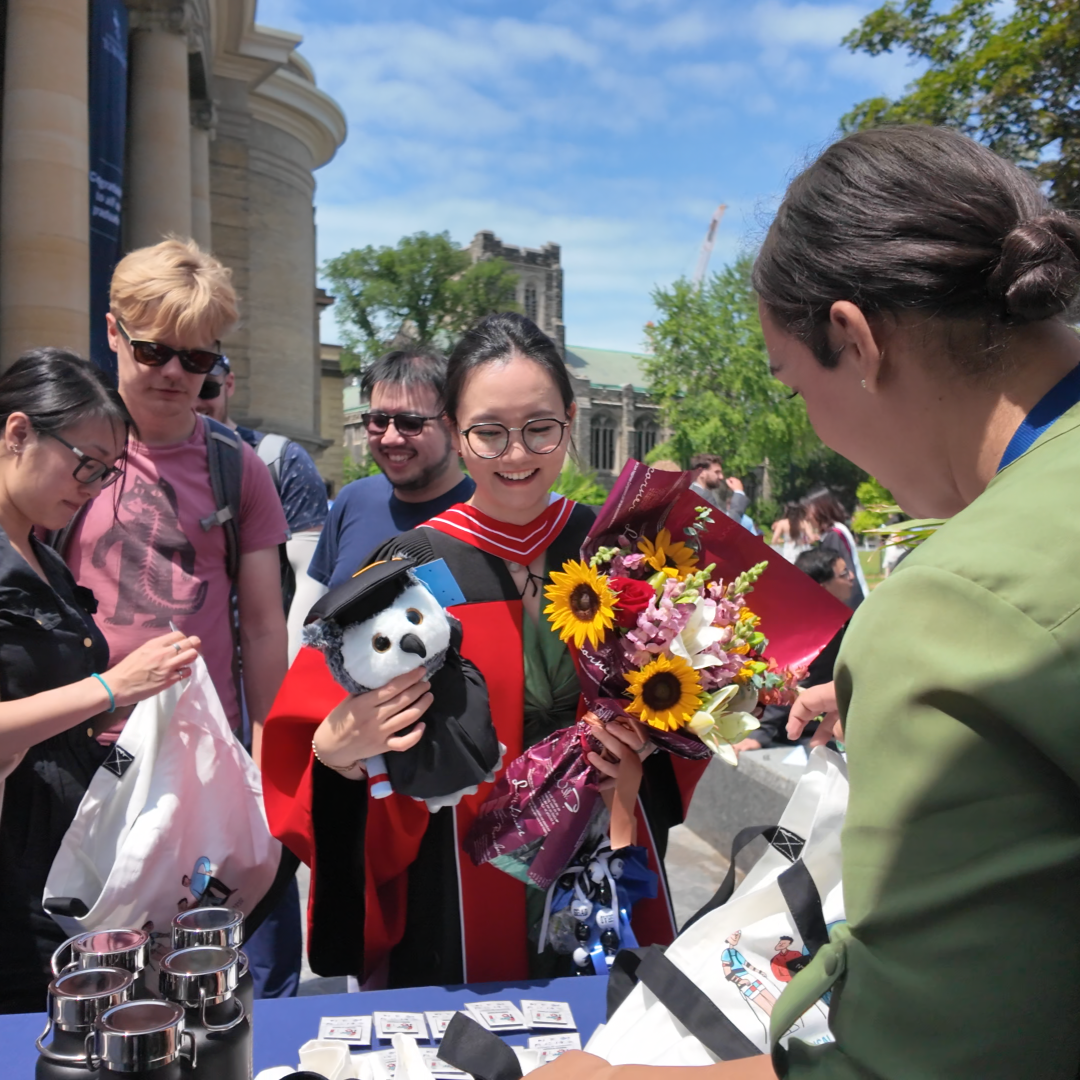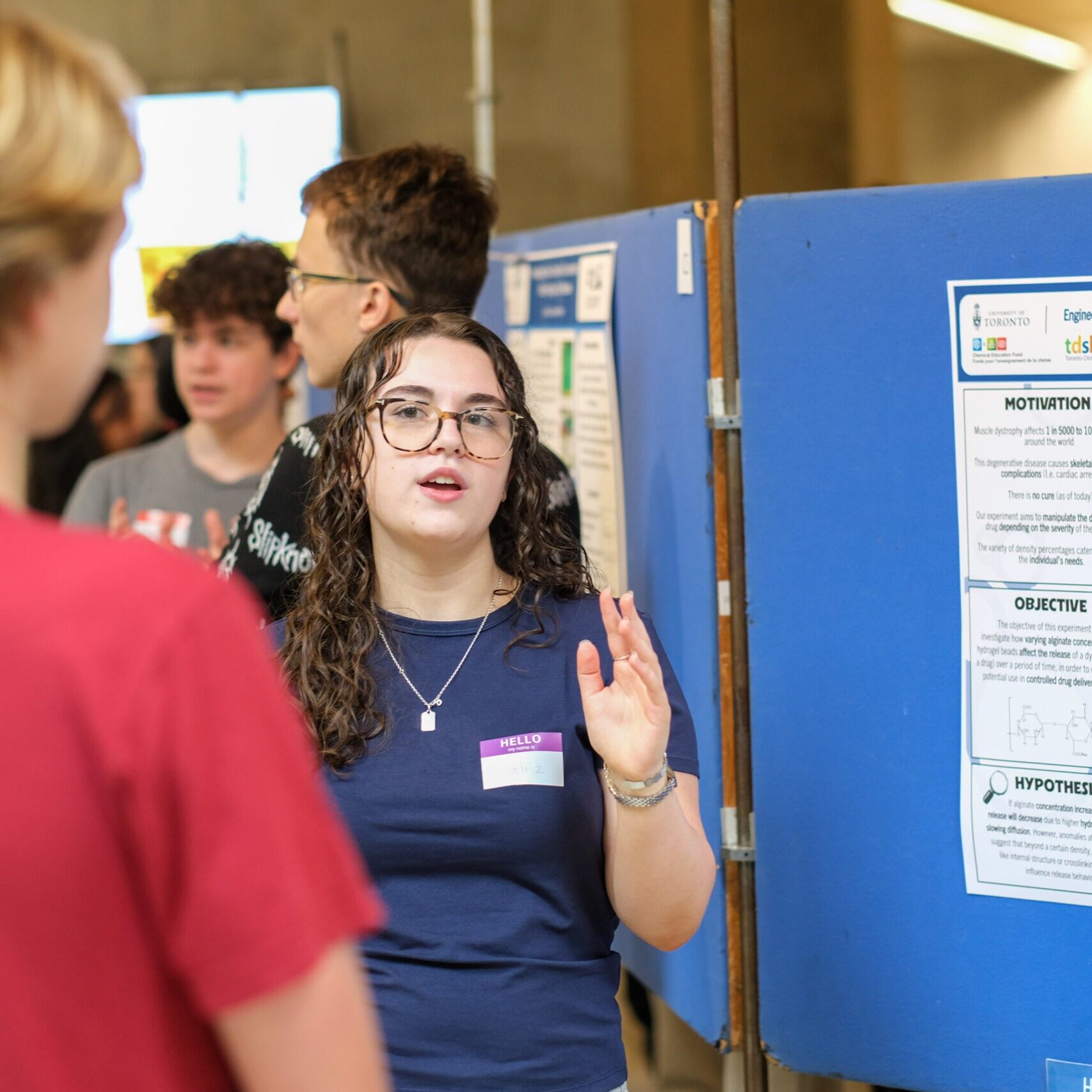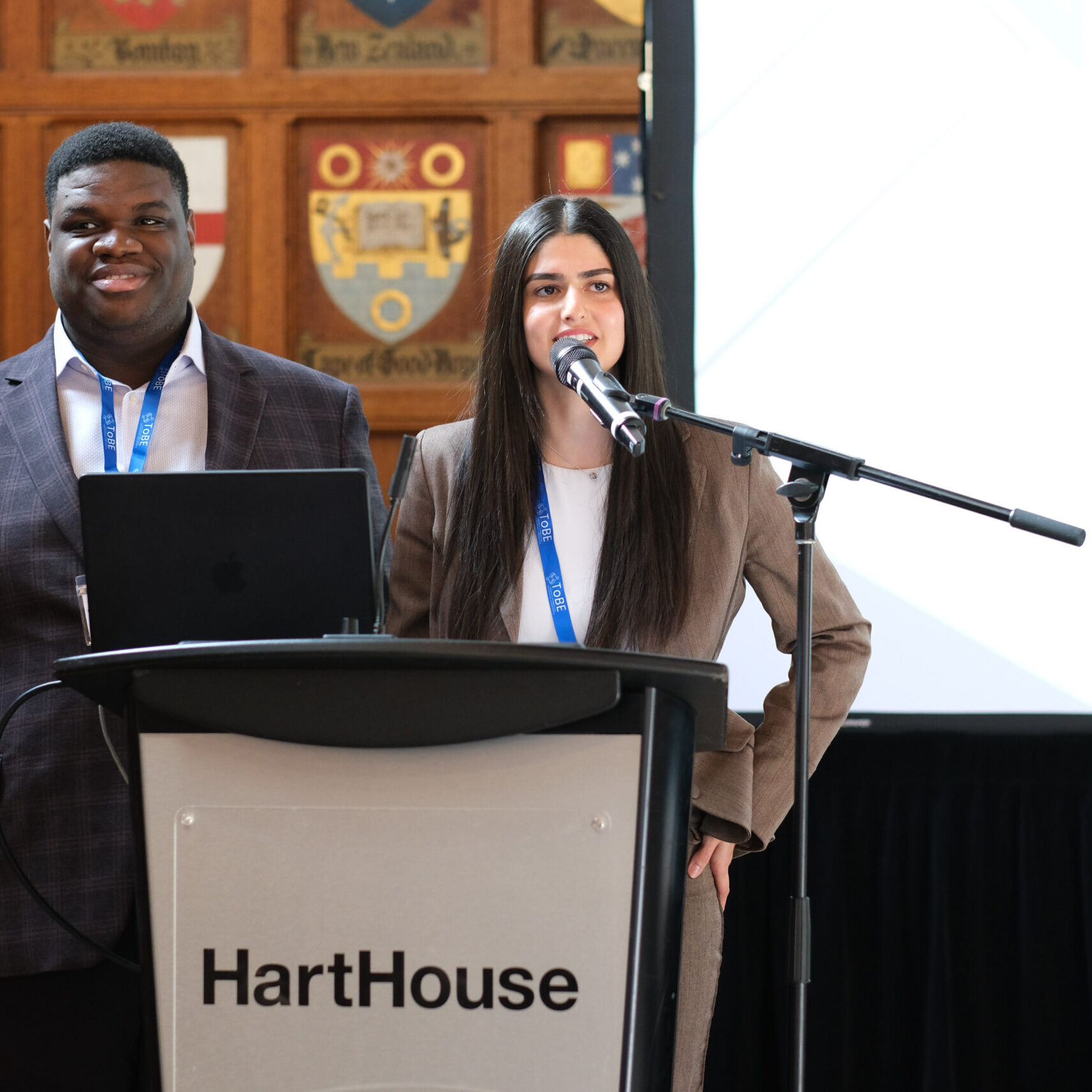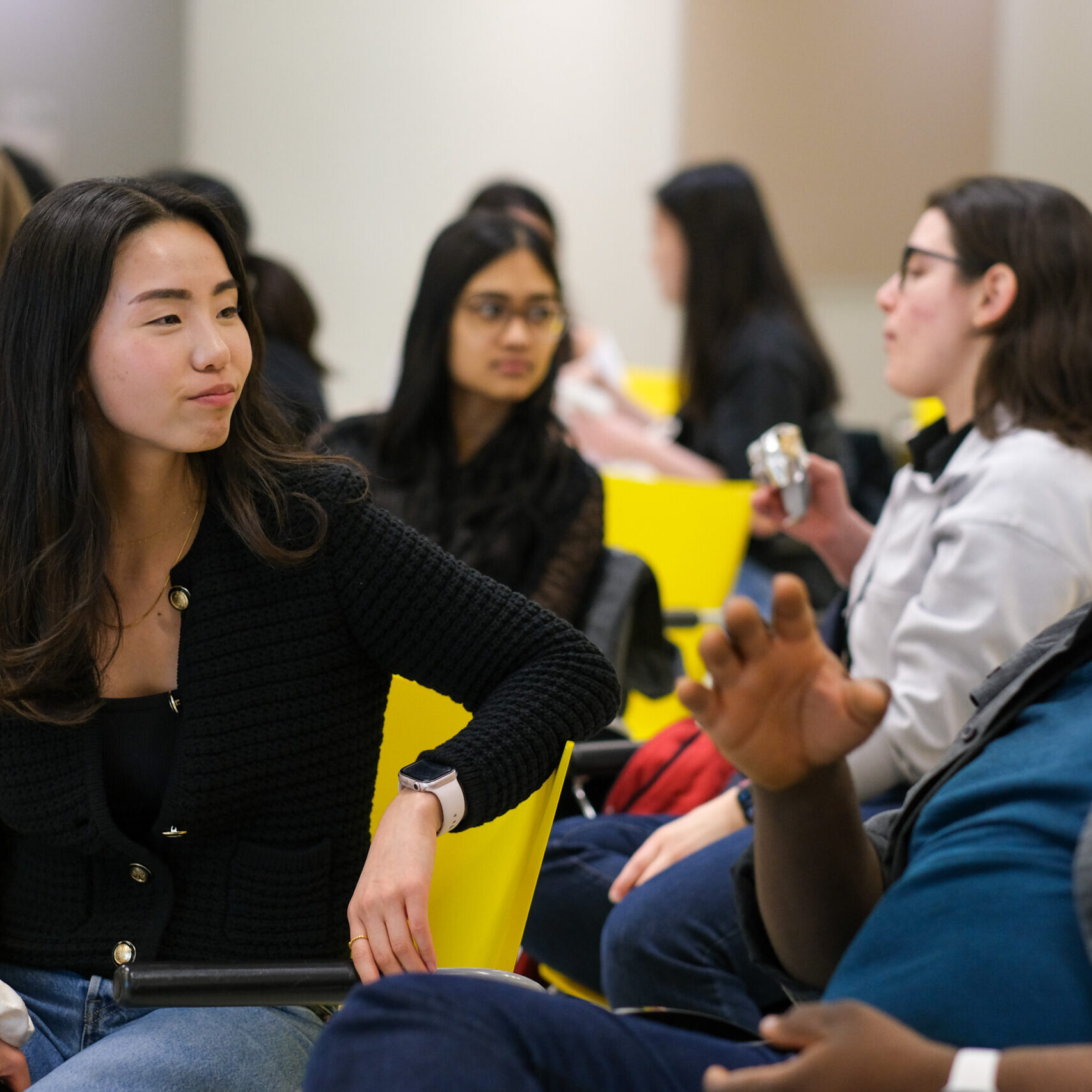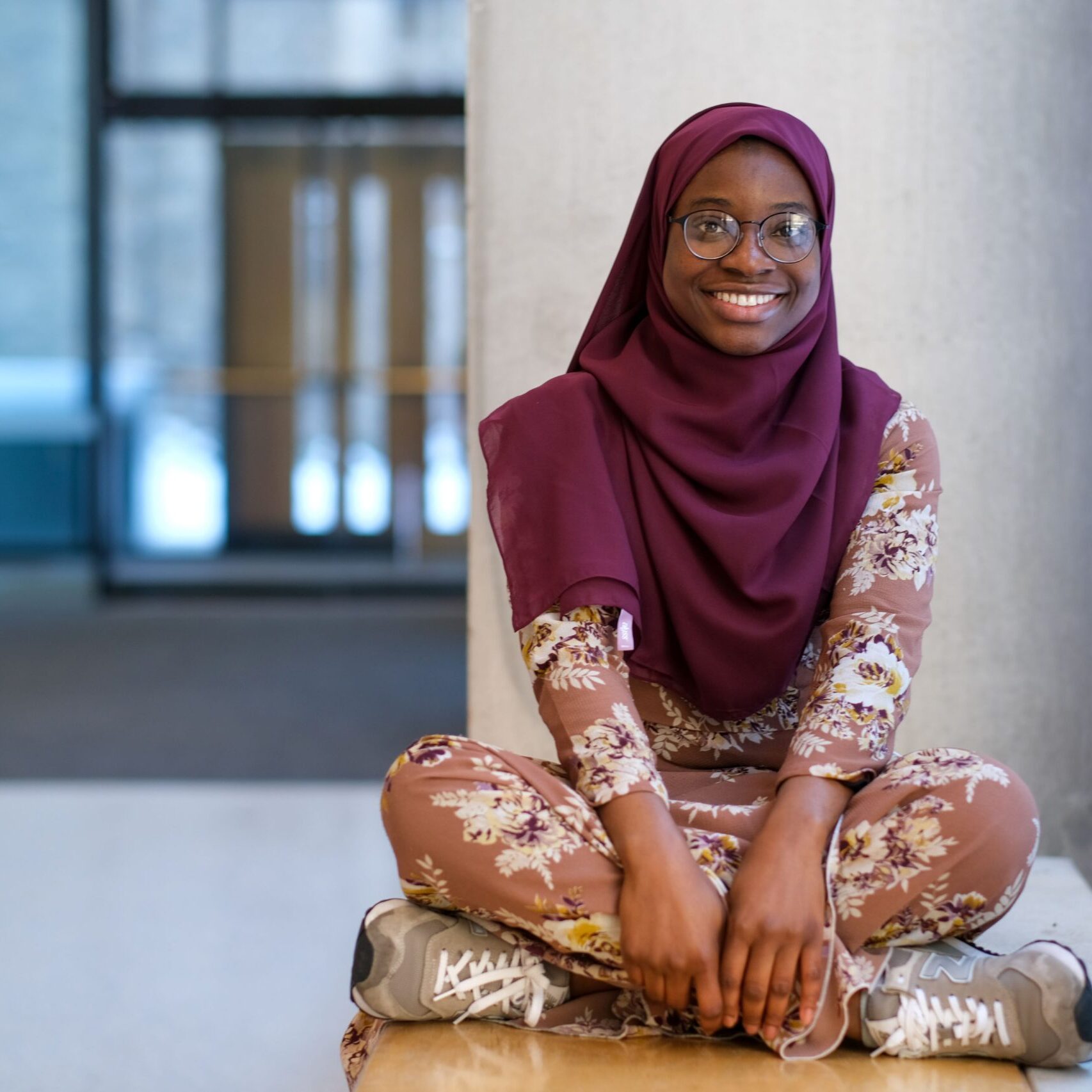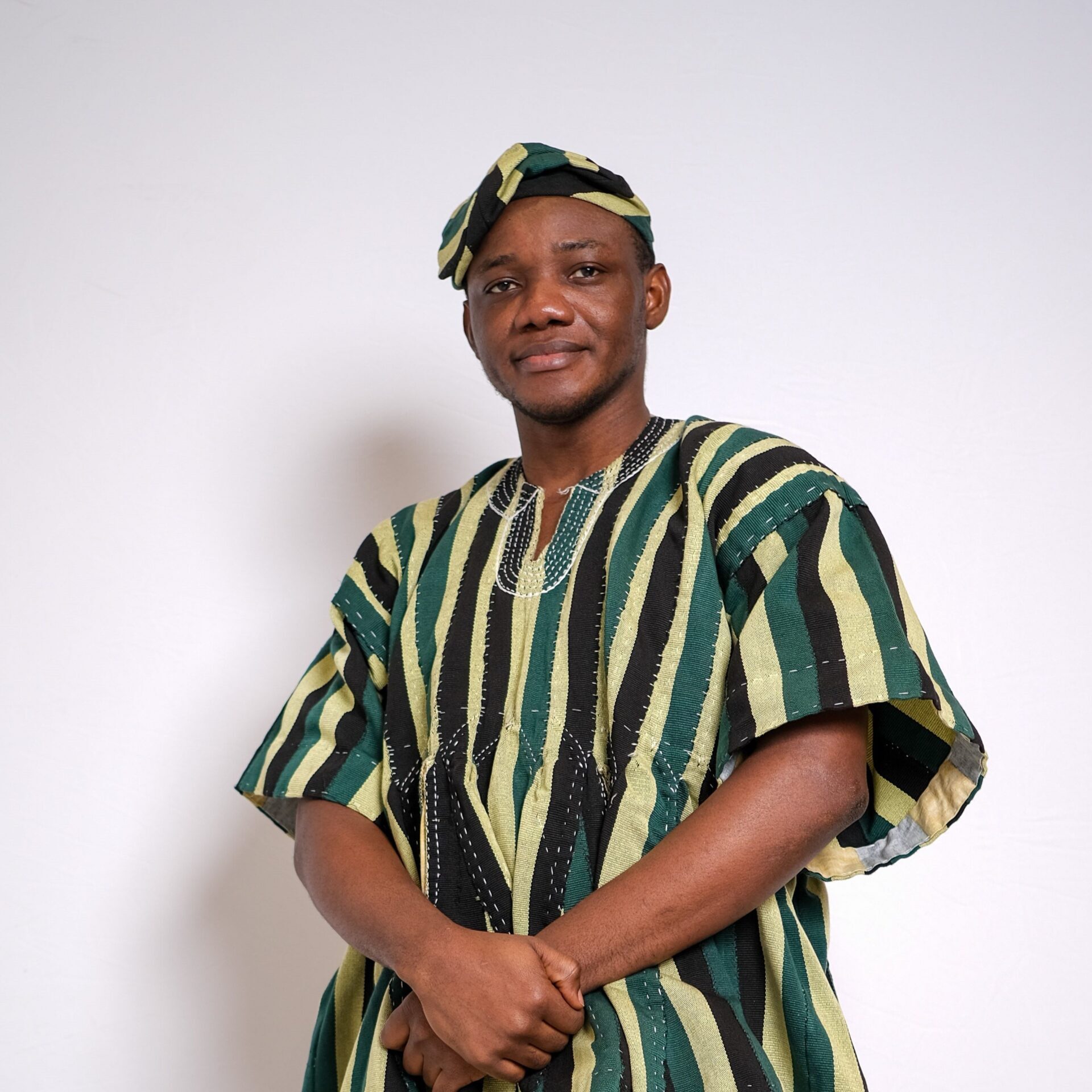Community
At the Institute of Biomedical Engineering (BME) at the University of Toronto, our community is at the heart of everything we do. Whether through merchandise, alumni stories, research highlights, or shared moments from events and initiatives, this page celebrates the many ways we connect and grow together.
Here, you'll find snapshots of the vibrant culture that defines BME, where engineers, researchers, students, and staff come together to inspire, support, and uplift one another.
Quick Navigation
Tradable hard-enamel pins
Our tradable pin series is a fun and creative way to showcase the groundbreaking research happening at the Institute of Biomedical Engineering. Each year we feature three core faculty members and design a set of collectible pins that represent the unique focus of their work, from medical imaging to regenerative medicine to wearable technologies. These pins are more than just keepsakes; they are conversation starters and a celebration of the innovation that defines our community.
Feeling adventurous? Try to collect them all and wear your research pride. All designs were illustrated by a human artist.
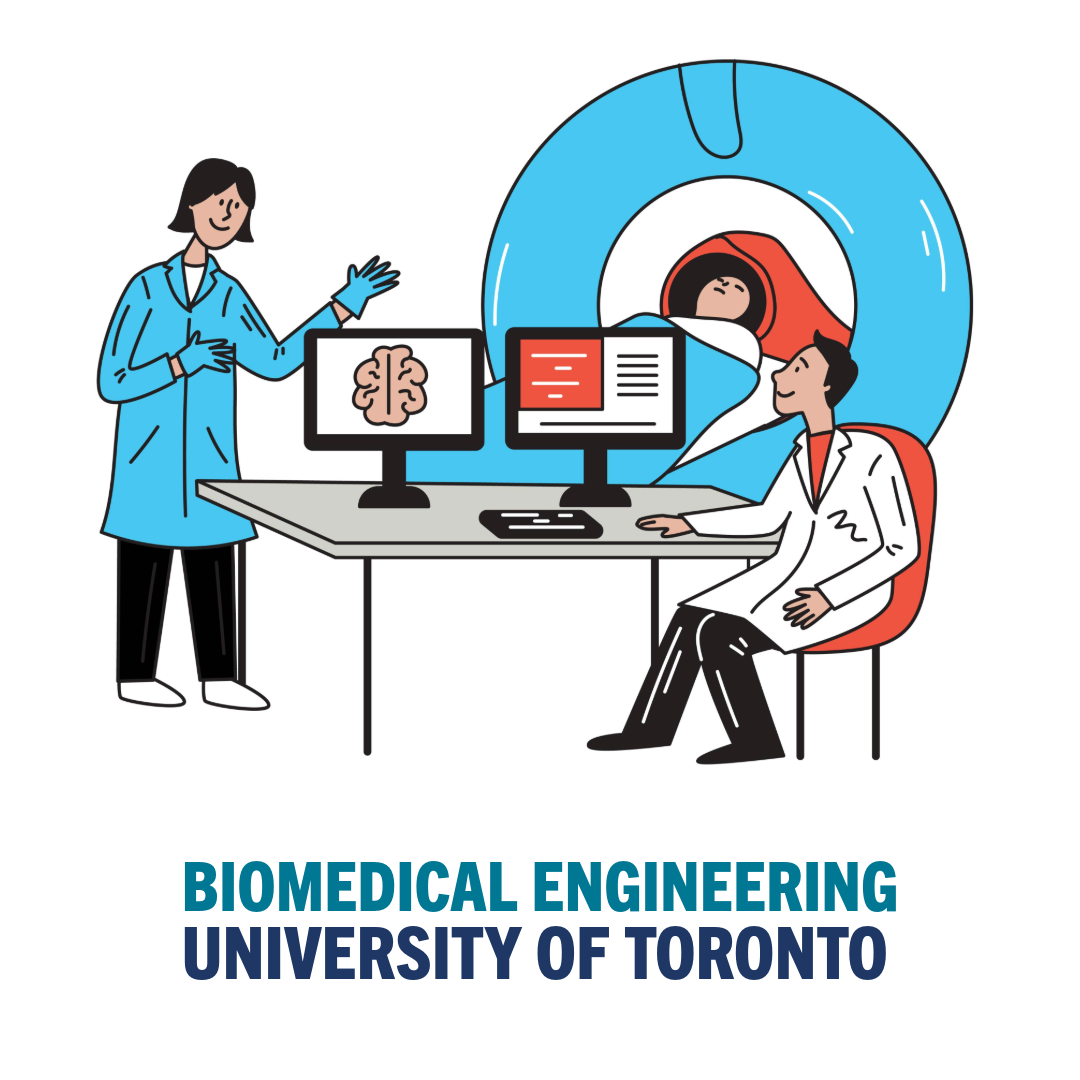
Professor Hai-Ling Margaret Cheng applies engineering techniques to advance MRI technology. Her lab develops improved contrast agents and rapid imaging methods to better visualize tissue function. These innovations support early cancer detection and stem cell tracking, offering faster and more precise diagnostics through clearer, more detailed medical imaging.
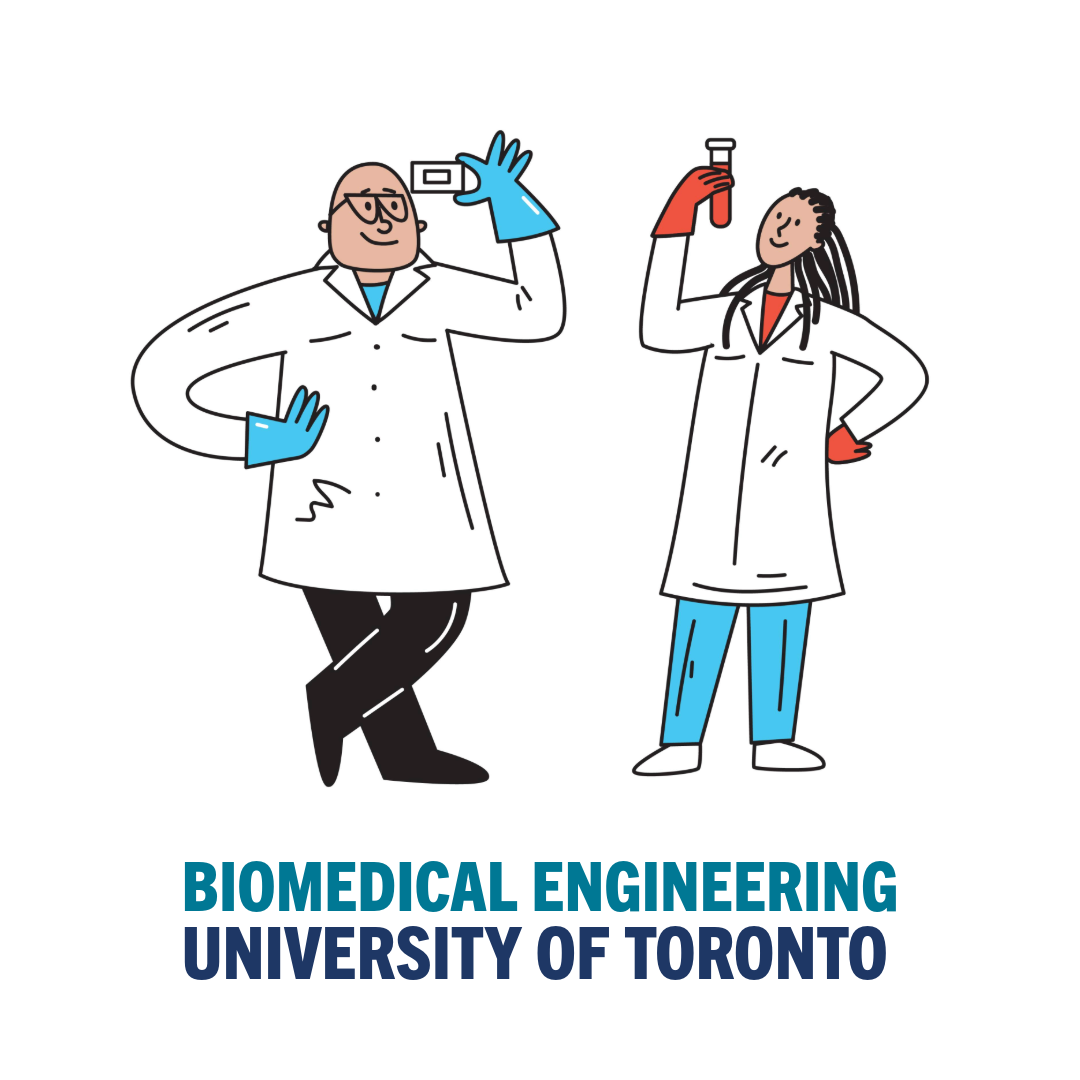
Professor Aereas Aung leads research at the intersection of immunology and engineering. His lab develops tools to study how lymphocytes respond to vaccines, explores ways to enhance B-cell responses, and builds models to examine human immune activity. Their goal is to engineer next-generation immunotherapies through deeper understanding of immune mechanisms.

Professor Tom Chau develops technologies that help children with complex disabilities communicate. At Holland Bloorview’s PRISM Lab, he uses sensing, signal processing, and machine learning to create accessible systems. His recent work uses near-infrared spectroscopy to decode brain activity, enabling non-verbal youth to connect with caregivers and their world.


